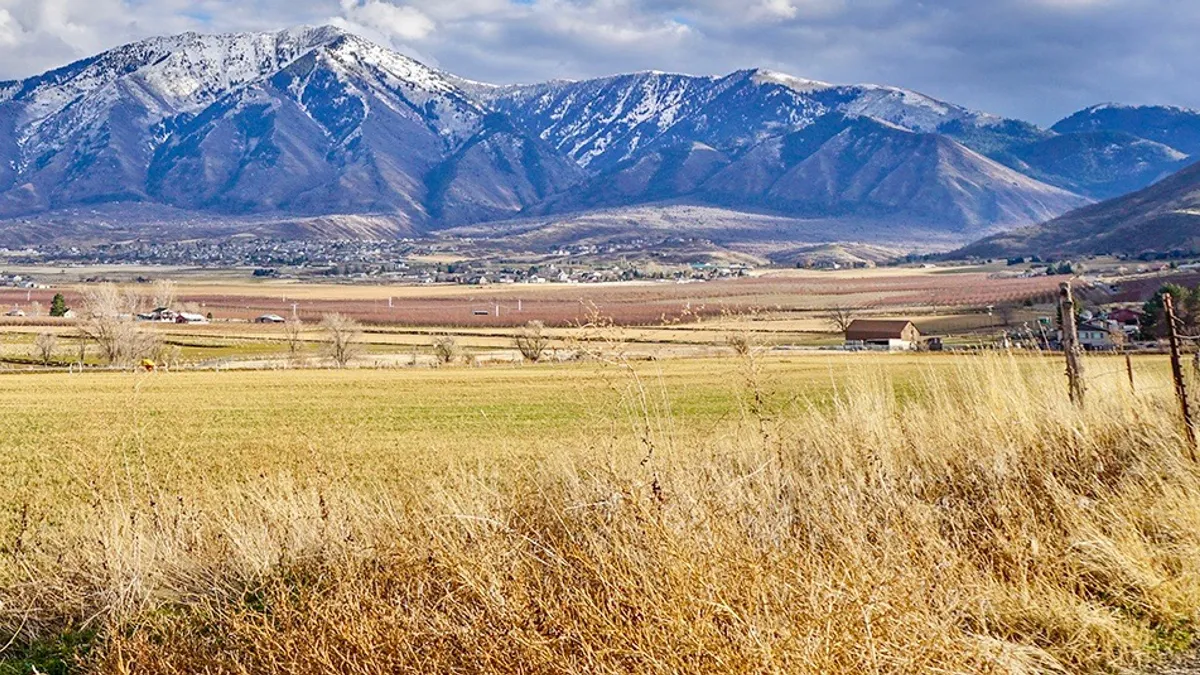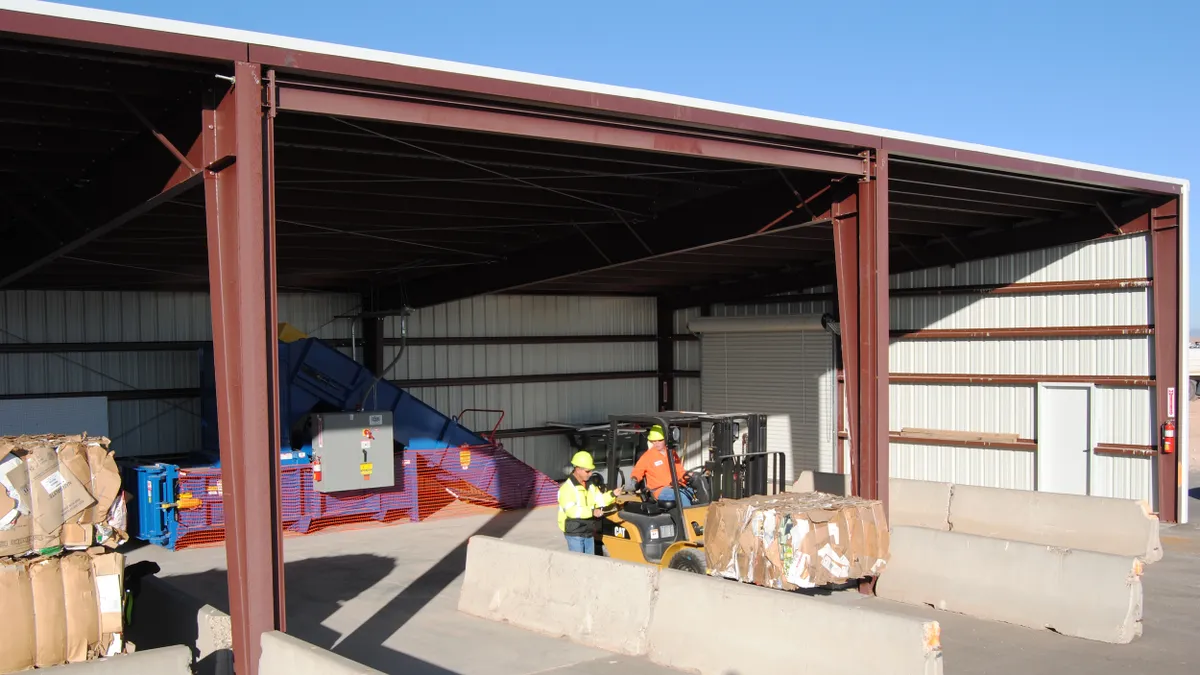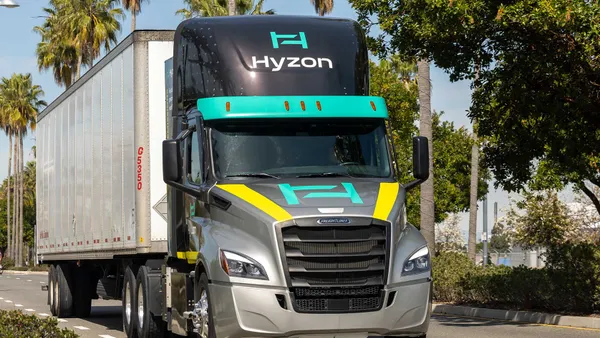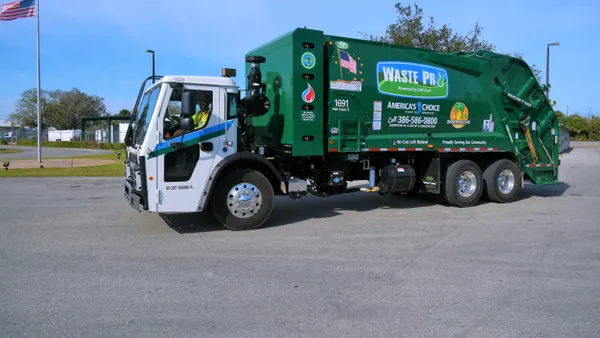Dive Brief:
- The South Utah Valley Solid Waste District has outgrown its current transfer station. Plans are in the works to build a 80,000 square-foot fully enclosed facility – 10 times the size of its existing station. The new "environmental recovery center" will serve the communities of Provo, Spanish Fork, Springville, Mapleton, Salem, Goshen and Woodland Hill according to a news release from JRMA Architects, which was awarded a contract to design the facility.
- The district board received rezoning approval for an undeveloped plot in Spanish Fork late last year, but neighboring businesses aren’t happy. Area landowners have raised concerns about decreased property values, odors and truck traffic, as well as locating a waste facility on the growing city's Main Street, as reported by the Daily Herald.
- This move comes as Utah Valley is experiencing rapid population growth. Provo-Orem was the 10th fastest-growing metro area in the nation last year. Utah ranks No. 1 among states for the most population growth over the past decade, mostly due to high birthrates and immigration according to the Salt Lake Tribune.
Dive Insight:
When the district's existing transfer station opened in 1990, it was engineered to handle 250 tons of municipal waste per day. It currently handles an average of 600 tons per day with Monday loads peaking at as much as 1,000 tons.
"When we opened the current transfer station it was designed that we would pull out metal and divert it to a metal recycler," district general manager Terry Ficklin told Waste Dive in an email. "That was 30 years ago, now we divert tires, electronics, batteries, white goods and household hazardous waste items. These all take up space."
Municipal waste from the transfer currently goes to the district's Bayview Landfill in nearby Elberta. The district also sends curbside recycling from the transfer station to Rocky Mountain Recycling at a rate of $75 per ton. The new station is not expected to use any sorting equipment.
The future facility will be located less than a mile south of the current transfer station in Springville. The district will need to extend city utilities and infrastructure to the site, which could open hundreds of additional acres to new development according to Spanish Fork city staff.
District board members approved $3.9 million to purchase land for the facility in January. Ficklin did not provide a cost estimate, since the district is developing plans for the site, but officials floated a final price tag of between $12 million and $17 million at a Spanish Fork Planning Commission in November 2018.
District staff told planning commissioners they had $8 million in reserves and said their Springville station was appraised at $8.3 million. Between reserves and selling the old property, the district expected to break close to even on constructing the new facility.
Officials project the larger transfer station will meet the area’s waste needs for 25 years.










